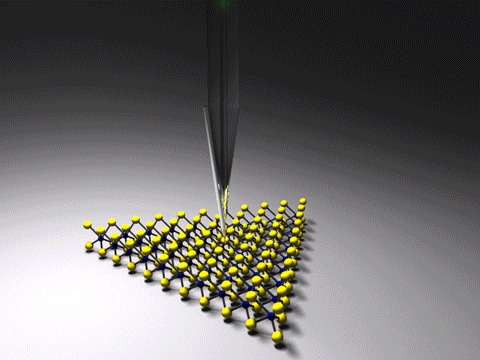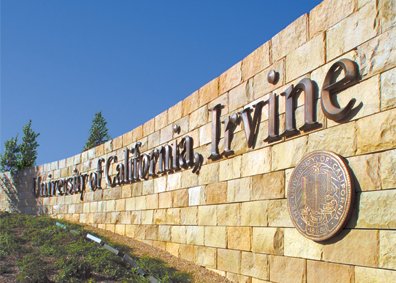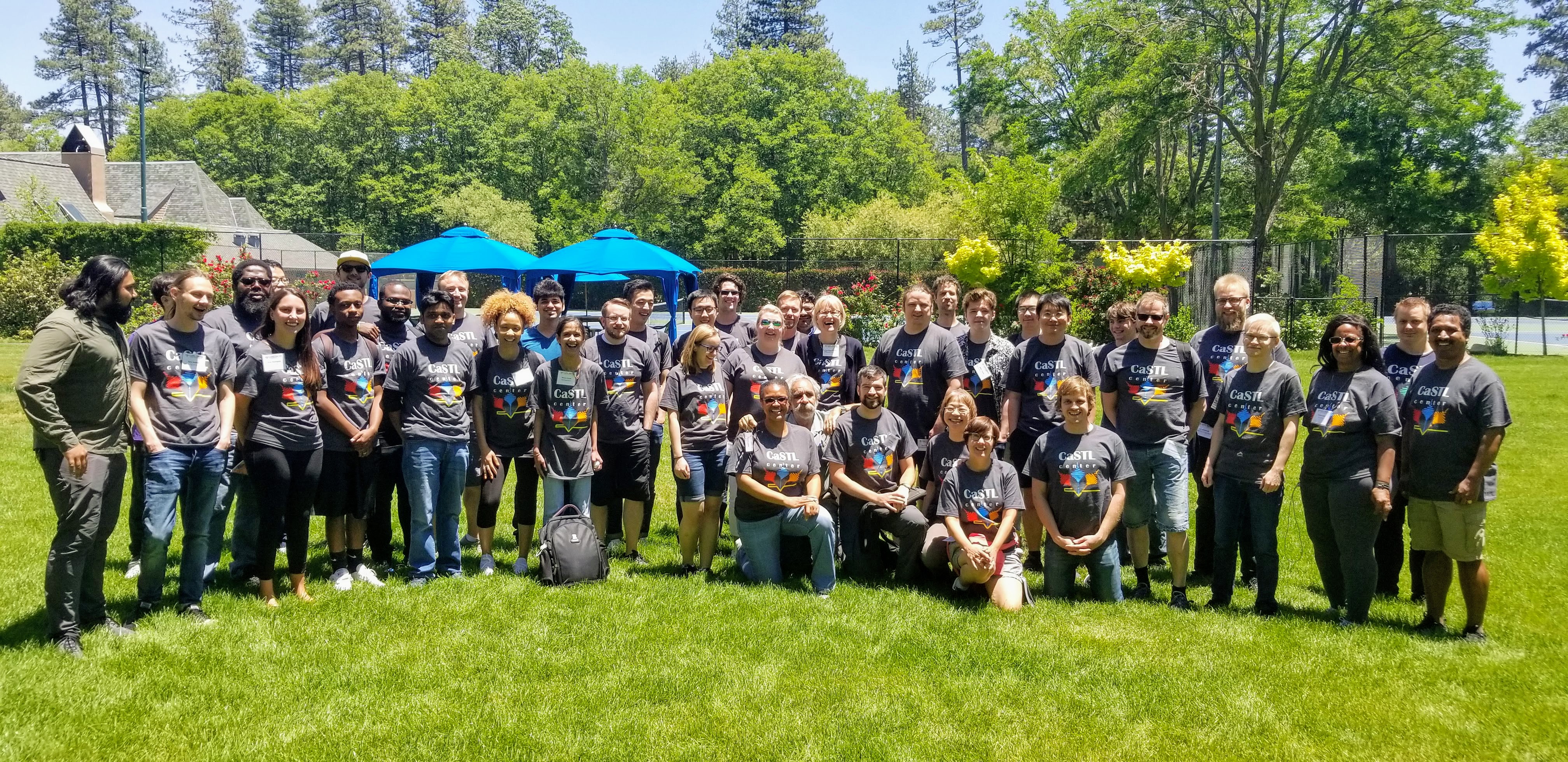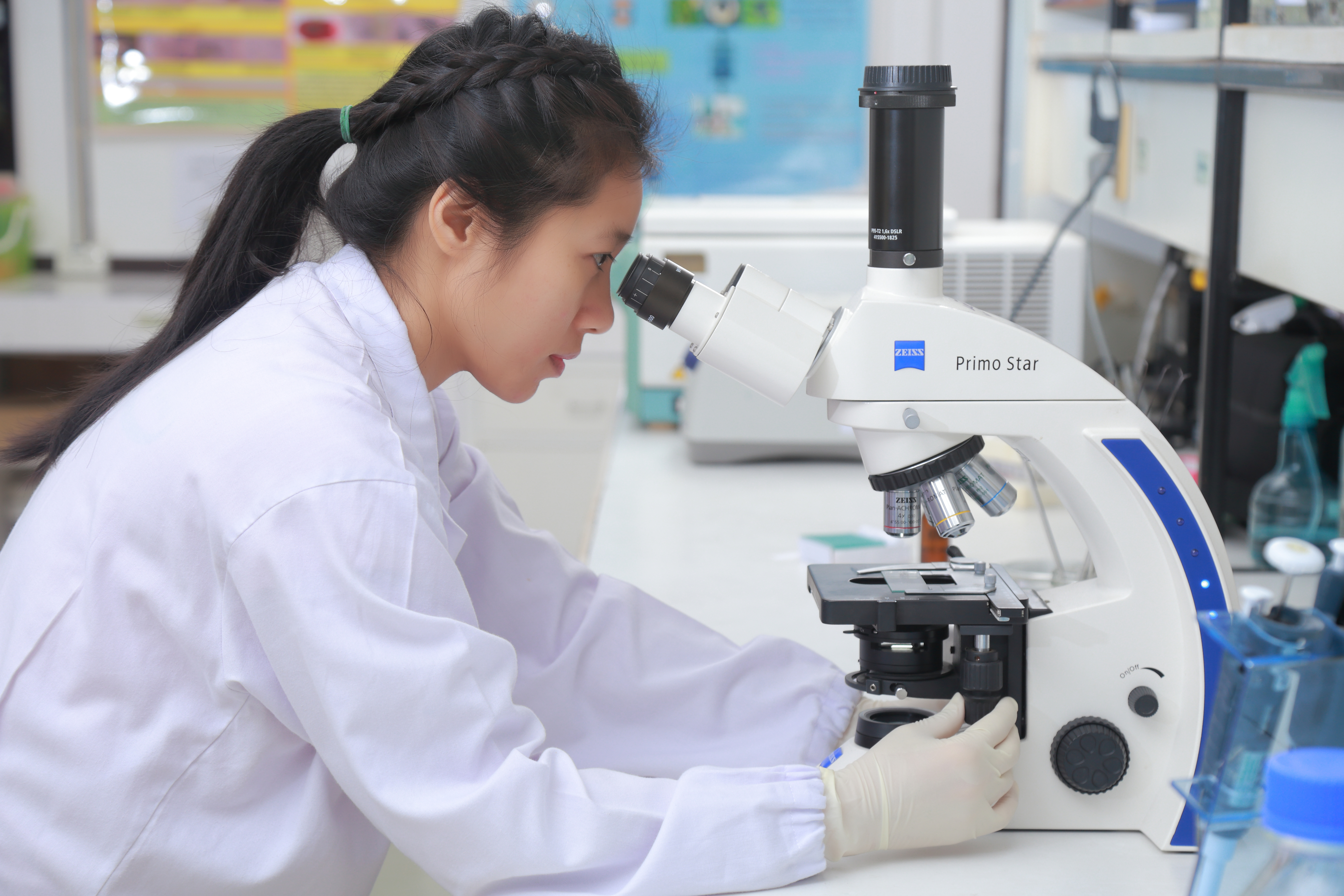|
Tip-enhanced Raman Spectroscopy
Tip-enhanced Raman spectroscopy (TERS) is a variant of surface-enhanced Raman spectroscopy (SERS) that combines scanning probe microscopy with Raman spectroscopy. High spatial resolution chemical imaging is possible ''via'' TERS, with routine demonstrations of nanometer spatial resolution under ambient laboratory conditions, or better at ultralow temperatures and high pressure. The maximum resolution achievable using an optical microscope, including Raman microscopes, is limited by the Abbe limit, which is approximately half the wavelength of the incident light. Furthermore, with SERS spectroscopy the signal obtained is the sum of a relatively large number of molecules. TERS overcomes these limitations as the Raman spectrum obtained originates primarily from the molecules within a few tens of nanometers of the tip. History The earliest reports of tip enhanced Raman spectroscopy typically used a Raman microscope coupled with an atomic force microscope. Tip-enhanced Raman spectrosco ... [...More Info...] [...Related Items...] OR: [Wikipedia] [Google] [Baidu] |
Surface-enhanced Raman Spectroscopy
Surface-enhanced Raman spectroscopy or surface-enhanced Raman scattering (SERS) is a surface-sensitive technique that enhances Raman scattering by molecules adsorbed on rough metal surfaces or by nanostructures such as plasmonic-magnetic silica nanotubes. The enhancement factor can be as much as 1010 to 1011, which means the technique may detect single molecules. History SERS from pyridine adsorbed on electrochemically roughened silver was first observed by Martin Fleischmann, Patrick J. Hendra and A. James McQuillan at the Department of Chemistry at the University of Southampton, UK in 1973. This initial publication has been cited over 6000 times. The 40th Anniversary of the first observation of the SERS effect has been marked by the Royal Society of Chemistry by the award of a National Chemical Landmark plaque to the University of Southampton. In 1977, two groups independently noted that the concentration of scattering species could not account for the enhanced signal and each ... [...More Info...] [...Related Items...] OR: [Wikipedia] [Google] [Baidu] |
Vartkess Ara Apkarian
Vartkess Ara Apkarian is a noted physical chemist and a Professor of Chemistry at The University of California, Irvine. He is the Director of Center for Chemistry at the Space-Time Limit, a National Science Foundation Center for Chemical Innovation. He graduated from University of Southern California with B.S. degrees in Chemistry followed by Ph.D. degree in Chemistry from Northwestern University. Following a postdoctoral fellowship at Cornell University, he joined the University of California as Chemistry faculty in 1983. He served as the Chair of the Chemistry Department (2004-2007) at UC Irvine. He is a Foreign Member of the National Academy of Sciences of Armenia, and a Fellow of American Physical Society, American Association for the Advancement of Sciences. His teaching and research has been recognized with awards including the Humboldt Prize (1996), USC Distinguished Alumnus (2007), Charles Bennett Service Through Chemistry Award of ACS (2008) ACS Award in Experimental Phys ... [...More Info...] [...Related Items...] OR: [Wikipedia] [Google] [Baidu] |
Raman Spectroscopy
Raman spectroscopy () (named after Indian physicist C. V. Raman) is a spectroscopic technique typically used to determine vibrational modes of molecules, although rotational and other low-frequency modes of systems may also be observed. Raman spectroscopy is commonly used in chemistry to provide a structural fingerprint by which molecules can be identified. Raman spectroscopy relies upon inelastic scattering of photons, known as Raman scattering. A source of monochromatic light, usually from a laser in the visible, near infrared, or near ultraviolet range is used, although X-rays can also be used. The laser light interacts with molecular vibrations, phonons or other excitations in the system, resulting in the energy of the laser photons being shifted up or down. The shift in energy gives information about the vibrational modes in the system. Infrared spectroscopy typically yields similar yet complementary information. Typically, a sample is illuminated with a laser beam. Electr ... [...More Info...] [...Related Items...] OR: [Wikipedia] [Google] [Baidu] |
Raman Scattering
Raman scattering or the Raman effect () is the inelastic scattering of photons by matter, meaning that there is both an exchange of energy and a change in the light's direction. Typically this effect involves vibrational energy being gained by a molecule as incident photons from a visible laser are shifted to lower energy. This is called normal Stokes Raman scattering. The effect is exploited by chemists and physicists to gain information about materials for a variety of purposes by performing various forms of Raman spectroscopy. Many other variants of Raman spectroscopy allow rotational energy to be examined (if gas samples are used) and electronic energy levels may be examined if an X-ray source is used in addition to other possibilities. More complex techniques involving pulsed lasers, multiple laser beams and so on are known. Light has a certain probability of being scattered by a material. When photons are scattered, most of them are elastically scattered (Rayleigh scatt ... [...More Info...] [...Related Items...] OR: [Wikipedia] [Google] [Baidu] |
Porphyrin
Porphyrins ( ) are a group of heterocyclic macrocycle organic compounds, composed of four modified pyrrole subunits interconnected at their α carbon atoms via methine bridges (=CH−). The parent of porphyrin is porphine, a rare chemical compound of exclusively theoretical interest. Substituted porphines are called porphyrins. With a total of 26 π-electrons, of which 18 π-electrons form a planar, continuous cycle, the porphyrin ring structure is often described as aromatic. One result of the large conjugated system is that porphyrins typically absorb strongly in the visible region of the electromagnetic spectrum, i.e. they are deeply colored. The name "porphyrin" derives from the Greek word πορφύρα (''porphyra''), meaning ''purple''. Complexes of porphyrins Concomitant with the displacement of two N-''H'' protons, porphyrins bind metal ions in the N4 "pocket". The metal ion usually has a charge of 2+ or 3+. A schematic equation for these syntheses is shown: :H2porp ... [...More Info...] [...Related Items...] OR: [Wikipedia] [Google] [Baidu] |
Normal Mode
A normal mode of a dynamical system is a pattern of motion in which all parts of the system move sinusoidally with the same frequency and with a fixed phase relation. The free motion described by the normal modes takes place at fixed frequencies. These fixed frequencies of the normal modes of a system are known as its natural frequency, natural frequencies or Resonance, resonant frequencies. A physical object, such as a building, bridge, or molecule, has a set of normal modes and their natural frequencies that depend on its structure, materials and boundary conditions. The most general motion of a system is a Superposition principle, superposition of its normal modes. The modes are normal in the sense that they can move independently, that is to say that an excitation of one mode will never cause motion of a different mode. In mathematical terms, normal modes are Orthogonality, orthogonal to each other. General definitions Mode In the Wave, wave theory of physics and ... [...More Info...] [...Related Items...] OR: [Wikipedia] [Google] [Baidu] |
University Of California, Irvine
The University of California, Irvine (UCI or UC Irvine) is a public land-grant research university in Irvine, California. One of the ten campuses of the University of California system, UCI offers 87 undergraduate degrees and 129 graduate and professional degrees, and roughly 30,000 undergraduates and 6,000 graduate students are enrolled at UCI as of Fall 2019. The university is classified among " R1: Doctoral Universities – Very high research activity", and had $436.6 million in research and development expenditures in 2018. UCI became a member of the Association of American Universities in 1996. The university was rated as one of the "Public Ivies” in 1985 and 2001 surveys comparing publicly funded universities the authors claimed provide an education comparable to the Ivy League. The university also administers the UC Irvine Medical Center, a large teaching hospital in Orange, and its affiliated health sciences system; the University of California, Irvine, Arboretum; and ... [...More Info...] [...Related Items...] OR: [Wikipedia] [Google] [Baidu] |
Center For Chemistry At The Space-Time Limit
Center for Chemistry at the Space-Time Limit or CaSTL Center is a National Science Foundation Center for Chemical Innovation. The CaSTL Center was established through a cooperative agreement between the National Science Foundation and the University of California, Irvine in 2008. Vartkess Ara Apkarian, a Professor of Chemistry at the University of California Irvine, is the director of the center. Notable members of the center include researchers in nanoscience such as Richard Van Duyne, Hrvoje Petek, Wilson Ho, H. Kumar Wickramasinghe, George Schatz, Eric Potma, Lasse Jensen, Matt Law, Nien-Hui Ge, Jennifer Shumaker-Parry, Ruqian Wu. Mission The mission of the CaSTL Center is "develop the essential science and technology to probe single chemical events in real space and time". CaSTL researchers proposed and developed a new tool, called Chemiscope, a chemist's microscope, to accomplish this goal. Accomplishments Microscopy with a Single Molecule Scanning Electrometer CaS ... [...More Info...] [...Related Items...] OR: [Wikipedia] [Google] [Baidu] |
FIFO NSOM Raman
FIFO may refer to: First in, first out First in, first out describes a method of managing items in storage. * FIFO in stock rotation, particularly to avoid food spoilage * FIFO (computing and electronics), a method of queuing or memory management ** Queue (abstract data type), data abstraction of the queuing concept * FIFO and LIFO accounting, methods used in managing inventory and financial matters People *Fifó (born 2000), Portuguese futsal player Other uses *FIFO (film festival) (Festival International du Film Documentaire Océanien), documentary film festival held in Tahiti * FiFo Records, an American record label * Fly-in fly-out Fly-in fly-out is a method of employing people in remote areas by flying them temporarily to the work site instead of relocating employees and their families permanently. It is often abbreviated to FIFO when referring to employment status. This is ..., a human resources strategy for deployment of personnel to remote locations See also * LIFO ... [...More Info...] [...Related Items...] OR: [Wikipedia] [Google] [Baidu] |
Optical Microscope
The optical microscope, also referred to as a light microscope, is a type of microscope that commonly uses visible light and a system of lenses to generate magnified images of small objects. Optical microscopes are the oldest design of microscope and were possibly invented in their present compound form in the 17th century. Basic optical microscopes can be very simple, although many complex designs aim to improve resolution and sample contrast. The object is placed on a stage and may be directly viewed through one or two eyepieces on the microscope. In high-power microscopes, both eyepieces typically show the same image, but with a stereo microscope, slightly different images are used to create a 3-D effect. A camera is typically used to capture the image (micrograph). The sample can be lit in a variety of ways. Transparent objects can be lit from below and solid objects can be lit with light coming through ( bright field) or around (dark field) the objective lens. Polarised ... [...More Info...] [...Related Items...] OR: [Wikipedia] [Google] [Baidu] |
Scanning Probe Microscope
Scan may refer to: Acronyms * Schedules for Clinical Assessment in Neuropsychiatry (SCAN), a psychiatric diagnostic tool developed by WHO * Shared Check Authorization Network (SCAN), a database of bad check writers and collection agency for bad checks * Space Communications and Navigation Program (SCaN) * Social Cognitive and Affective Neuroscience (journal) * Scientific content analysis (SCAN), also known as statement analysis Businesses * Scan Furniture, Washington, D.C., US chain * SCAN Health Plan, not-for-profit health care company based in Long Beach, California * Scan AB or Scan Foods UK Ltd, the Swedish and UK subsidiaries of the Finnish HKScan Oyj * Seattle Community Access Network, Seattle, Washington, US TV channel * Scan (company), a software company based in Provo, Utah, US Electronics or computer related * 3D scanning * Counter-scanning, in physical micro and nanotopography measuring instruments like scanning probe microscope * Elevator algorithm (also SC ... [...More Info...] [...Related Items...] OR: [Wikipedia] [Google] [Baidu] |
Confocal Microscopy
Confocal microscopy, most frequently confocal laser scanning microscopy (CLSM) or laser confocal scanning microscopy (LCSM), is an optical imaging technique for increasing optical resolution and contrast of a micrograph by means of using a spatial pinhole to block out-of-focus light in image formation. Capturing multiple two-dimensional images at different depths in a sample enables the reconstruction of three-dimensional structures (a process known as optical sectioning) within an object. This technique is used extensively in the scientific and industrial communities and typical applications are in life sciences, semiconductor inspection and materials science. Light travels through the sample under a conventional microscope as far into the specimen as it can penetrate, while a confocal microscope only focuses a smaller beam of light at one narrow depth level at a time. The CLSM achieves a controlled and highly limited depth of field. Basic concept The principle of co ... [...More Info...] [...Related Items...] OR: [Wikipedia] [Google] [Baidu] |







